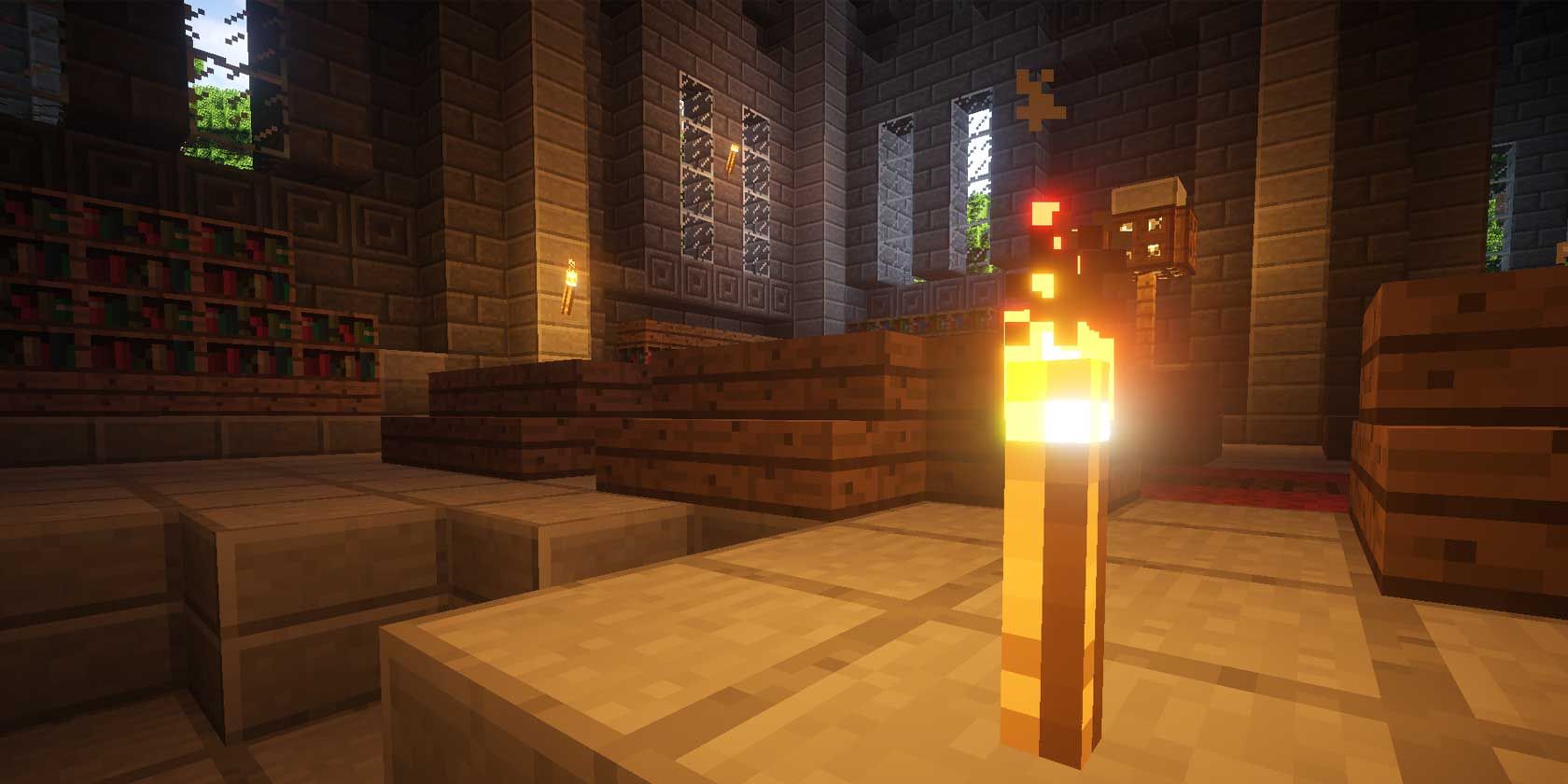Ever wondered what is that “anti-aliasing” term that you see all the time in games, and whether you should enable it or not? And what even is there to gain from enabling or disabling it?
Today, we’ll explain in detail what anti-aliasing is, how it works, and other related questions that you may have about it.
Let’s dig in!
What Is Anti-Aliasing?
You probably first saw anti-aliasing while opening up the video options menu in your favorite video game.
Sometimes, you can encounter a drop-down menu with more than a dozen options. Usually, they’re labeled with vague and unhelpful terminology like MSAA X5 or CSAA X8.
You probably left the option alone because you feel intimidated.
Anti-aliasing is commonly used to make games look less blocky. It is a technique for smoothing out jagged edges by blending adjacent pixels with the same color. This produces a clearer image that looks more realistic.
How Does Anti-Aliasing Work?
Smooth curves are what we see in the real world. On a monitor that has rectangular pixels, these smooth curves are difficult to render. Because of this, curves in games tend to be jagged.
This problem is solved with anti-aliasing by greatly reducing the sharpness of the edges, hence a slight blurring effect around the edges of images in games. As you can see in the above example as well.
Anti-aliasing works by taking a sample of the pixels around the edges of an image as well as the colors, and then it blends the appearance and makes those jagged edges look smooth, as a real-life object should look.
What Are the Different Types of Anti-Aliasing?
Below are the different types of anti-aliasing techniques, with a brief overview of each type that you’ll come across.
Multi-Sampling Anti-Aliasing (MSAA)
One of the types of anti-aliasing is what we call “multisample anti-aliasing” (MSAA). It’s the most common type of anti-aliasing these days that balance performance as well as visual fidelity.
This type of anti-aliasing creates higher-fidelity images by using multiple “samples” of at least two pixels. The more samples, the better the image quality. But it comes at a cost of requiring more GPU power, thankfully MSAA tops at eight samples and doesn’t go above that.
Supersample Anti-Aliasing (SSAA)
Supersample Anti-Aliasing is by far one of the best and most effective anti-aliasing techniques available today.
It makes your GPU render games at a higher resolution, and then it down-samples the image. The higher resolution increases the number of pixels, making the image look sharper. But again, the downside is that it requires a high-end and powerful GPU with additional video memory.
Fast Approximate Anti-Aliasing (FXAA)
FXAA is one of the least demanding anti-aliasing techniques available. If you want anti-aliasing but don’t have or want to buy a high-end PC, FXAA this is the way to go.
It blurs the jagged edges of the image instead of running all the calculations and using the GPU power in doing so, resulting in a much faster with least performance impact on your PC.
Temporal Anti-Aliasing (TXAA)
TXAA is a relatively new type of anti-aliasing that’s only seen in newer GPUs. It combines several anti-aliasing techniques to smooth out the edges of the image.
It’s not as demanding as some of the other anti-aliasing techniques but produces better quality images than FXAA. However, you may still notice some blurriness.
Morphological Anti-Aliasing (MLAA)
The TXAA anti-aliasing technique smooths out edges by looking through the differences among the pixels.
Unlike TXAA which focuses more on quality over performance, MLAA doesn’t put much stress on your PC. It’s more efficient and balances quality and performance on what’s necessary.
However, the downside to this method is that sometimes it can be a bit faulty, resulting in a distorted text when mixing up background and foreground sections of the image.
Nvidia vs. AMD’s Anti-Aliasing
AMD also has its own anti-aliasing technology called CSAA, and Nvidia has its CFAA anti-aliasing technique.
Nvidia’s CSAA is more efficient and puts less strain on your GPU by sampling fewer colors, but produces less color-accurate images because of that. Whereas AMD’s CFAA uses an edge-detection algorithm for better line filtering without losses of color, but it comes at a higher GPU power requirement than Nvidia’s anti-aliasing.
Which Anti-Aliasing Technique Should I Use?
SSAA is the way to go if your computer can handle it. But if your computer isn’t that capable, AMD and NVIDIA’s EQAA or CSAA anti-aliasing techniques are your best bet.
On a mid-range PC that doesn’t have AMD and NVIDIA’s EQAA or CSAA, you have the option of going with the MSAA. And those who have an even lower-end PC, you guys should stick with FXAA if you want anti-aliasing and don’t want to upgrade your PC.
Your display size most certainly has an impact on aliasing as well.
For example, if you’re playing games on a 21-inch full HD 1080p display, you probably won’t notice much aliasing. But if your display is a 40-inch TV running at 1080p, you’ll experience a lot more.
Don’t Overthink on Anti-Aliasing
Anti-aliasing was something to stress out about many years ago. But right now, with better graphics and higher resolution displays, it’s becoming more of a thing of the past. In fact, modern games don’t even require anti-aliasing in some cases.
It still is a good idea though, that you understand what anti-aliasing is and how it works, as we’ve tried to explain to you in our guide. Knowing about it helps you make an informed decision whether to focus on quality or performance in your PC games.
Now that you know a little about anti-aliasing, Deep Learning Super Sampling (DLSS) is something you can learn about, as it gives budget PCs top-end graphics performance!
About The Author

